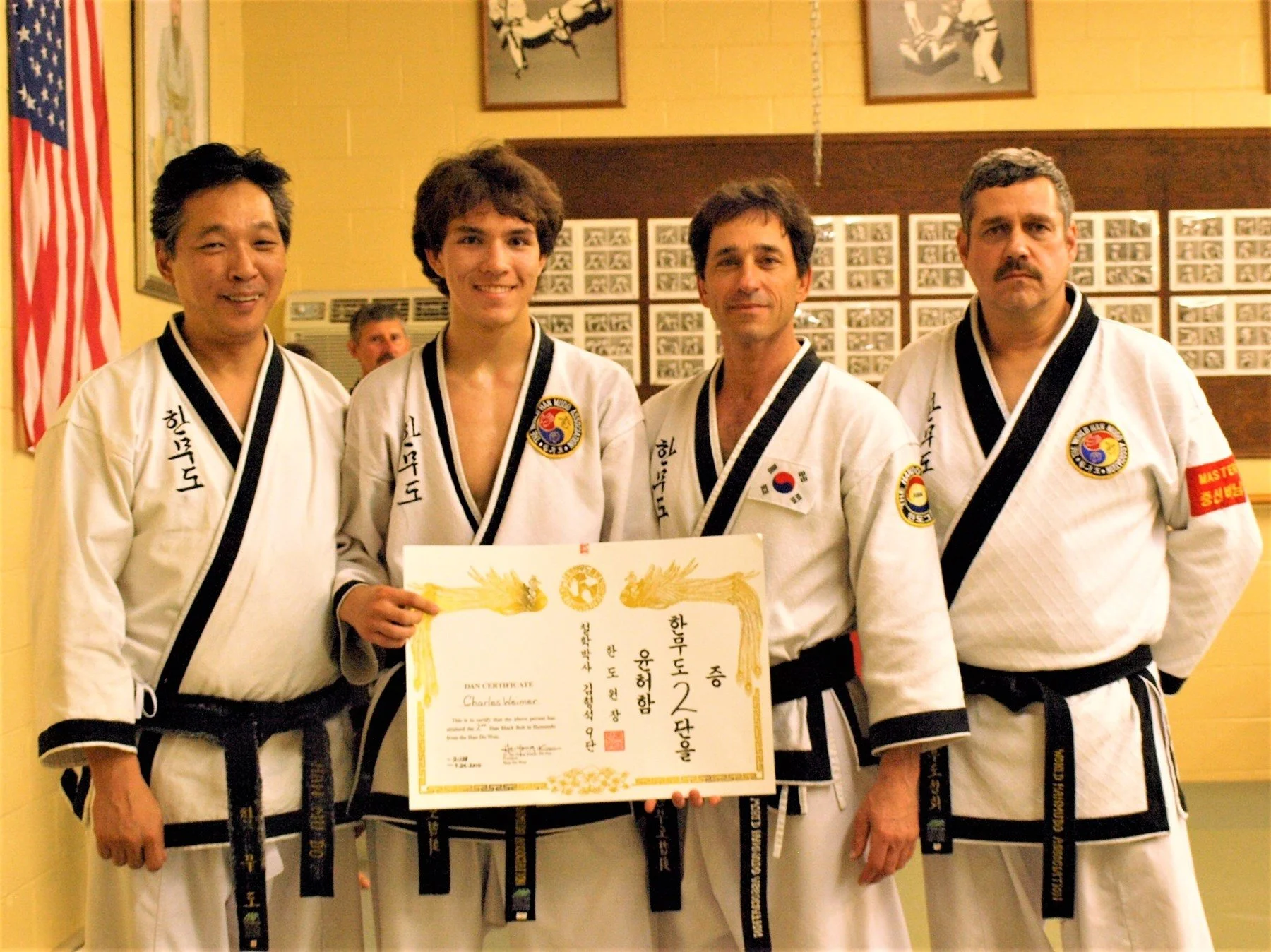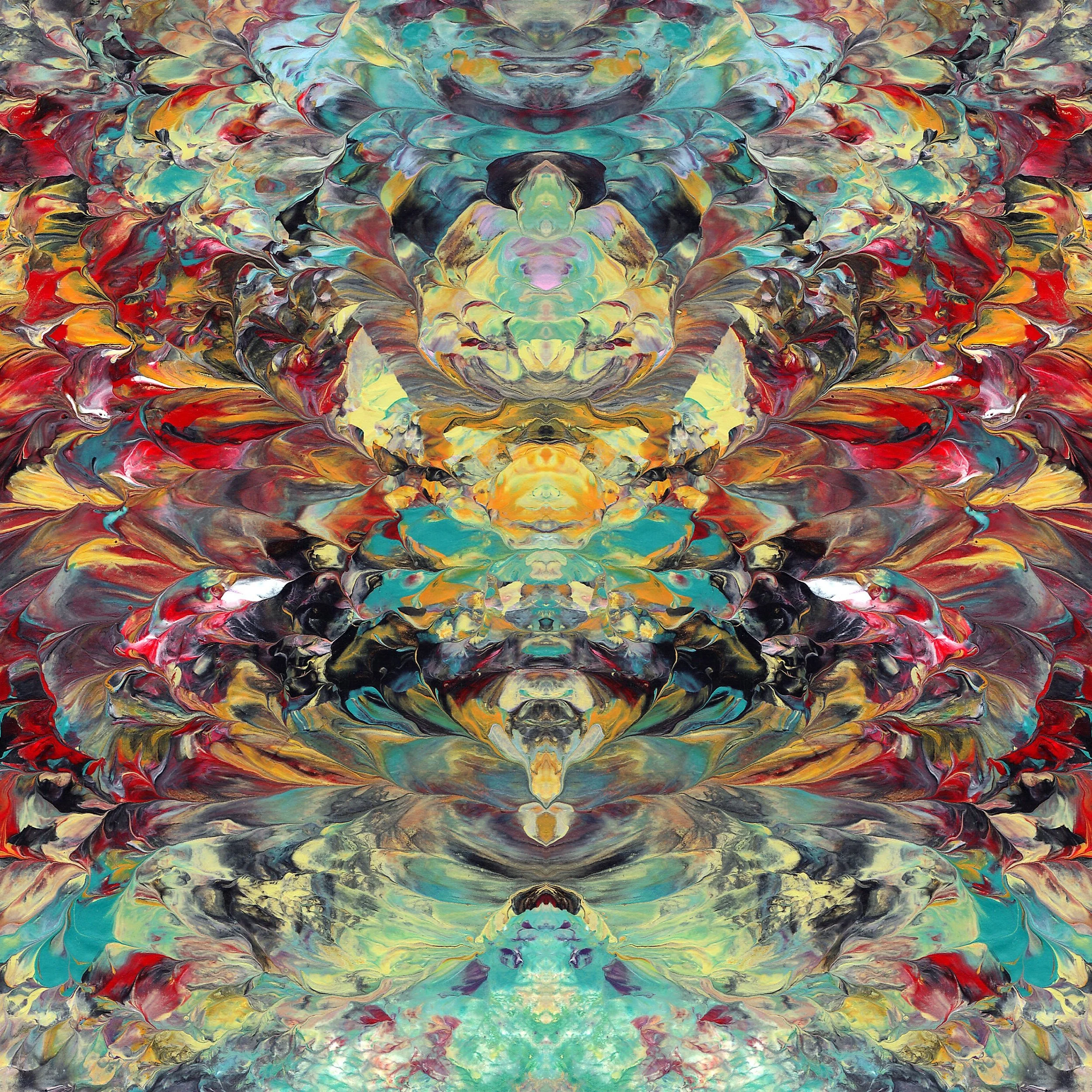Designers at Their Desk: Charles Weimer

Designers at Their Desk is a monthly feature showcasing a conversation with one of our staff, their unique outlook on architecture and design, hobbies, interests, and their current projects.
Charles at his desk in our New Orleans office.
For many designers, the early years of their career are a time of both excitement and endurance, as they work to find their footing in a fast-paced industry. Architect Charles Weimer knows this journey all too well. Having joined the industry over eight years ago and EskewDumezRipple two years ago, Charles has been honing his craft while also learning valuable lessons about what it means to work in a supportive, collaborative environment.
Through his experiences, Charles has developed his own approach to both design and work culture. It’s an outlook that’s shaped not just by the projects he works on, but also by the growth he's experienced along the way.
Education & Early Career
A collage of photos taken by Charles of Marina Bay Sands in Singapore during his study abroad there.
Charles grew up in Louisiana and studied architecture at Tulane University, where he earned his Master's in Architecture. During his time as a student, he expanded his perspective by studying abroad at the National University of Singapore. This experience sharpened his focus on globalization, Southeast Asian urbanism, and the effects of these forces on architectural design in tropical climates. It was here that his passion for understanding how environments shape design began
to flourish.
After earning his degree, Charles launched his professional career in New Orleans, where he contributed to several prominent projects, including the New Orleans Convention and Visitors Bureau, the Superdome Renovation, and the Chapel of St. Ignatius and the Gayle and Tom Benson Jesuit Center at Loyola University. His foundation in architectural practice was built on working with impactful projects that shaped the local landscape.
Like many young architects, Charles entered the profession eager to prove himself but quickly realized just how steep the learning curve could be.
"The beginning of the profession is so hard," he reflects.
"You're just learning so much all the time, and you're expected to keep up.
It can be overwhelming as a young designer to figure out
what to do with all the knowledge you are gaining each day."
These early challenges profoundly shaped Charles' approach to design, teaching him the value of patience and persistence. In architecture, everyone develops at their own pace, and finding that rhythm is crucial. “You are learning how to work on project teams with consultants, how to read and draw construction documents, and how to work in an office full of working professionals, all at the same time,” Charles explains.
"Everybody has their own timelines, their own agendas, their own lives," he says, emphasizing that the journey isn't about rushing to reach milestones but about a commitment to continuous learning.
Charles has found a sustainable pace for his growth, supported by a collaborative environment at EskewDumezRipple. This has allowed him to evolve as a designer. Developing a personal style and voice, he notes, is an ongoing journey, cultivated across projects and charrettes, not something that happens in quick, temporary bursts of creativity.
Outside the Studio
Charles (middle left)
Charles has been a long-time martial artist, getting his start in Han Mu Do, a Korean form of martial arts similar to taekwondo. Even though the idea of fighting and design seem unrelated, the lessons he has cultivated through this “gentle art” have influenced his thinking about learning in architecture.
"It teaches you discipline and how be rigorous," he says, noting how the methodical process of learning new techniques mirrors the architectural design process. Just like in Han Mu Do, where he would train a single technique over and over, making small adjustments until it felt natural, Charles sees design as a series of fine-tuned improvements.
"You build on the foundation, and over time,
it gets stronger and more refined."
Charles (left)
After reaching the rank of Master in Han Mu Do, Charles was challenged to learn three other styles of martial arts before he could advance to the next rank. This is intended to enrich his original art. Charles uses this experience to inform how he approaches design, by making room for new perspectives, styles, and contexts.
In a similar way, Charles also explores his creativity through painting, sculpture, and illustration, pursuits that deeply influence his approach to design. This exploration informs his architectural practice directly, allowing him to approach projects with an abstract, artistic mindset.
Each art informs his architectural voice in different ways. Painting explores composition, color, and playfulness. Sculpture is an exercise in experimenting with form, light, and materiality. Illustration gives Charles the opportunity “to expand on his architectural dreams.”
He’s also an avid roller skater and likes walking through Bayou St. John or exploring the city’s parks. These activities offer him a refreshing balance to his architectural work, helping him stay connected to the community and the natural environment that can inform his design process.
Conclusion
Charles’ role as a designer has grown significantly since he first joined the firm. With every project, he’s found new opportunities to sharpen his skills and deepen his understanding of design. One thing that stands out to him is the importance of incremental and continuous improvement.
"You just have to get better and do a little better each time," he says, offering advice that he wishes he could have heard earlier in his career. This style of improvement is something Charles takes seriously, ensuring that each project builds on the lessons learned from the last. Approaching growth paired with and supported by the virtue of patience is something that he has learned during personal experiences, too.
As Charles continues to grow as a designer, he’s excited to see how his work at EskewDumezRipple will evolve. With each new project, he gains a deeper understanding of the kind of architect he wants to be—one who values thoughtful, sustainable design and respects the work-life balance that keeps creativity thriving.
"There's a sweet spot in this profession where
you just have to keep doing better, step by step."
At EskewDumezRipple, we’re proud to have designers like Charles on our team—people who aren’t afraid to challenge outdated norms and who are always looking for ways to improve. His story is one of finding balance in an industry that often might ask for too much, and it’s that balance that will help shape the future of design.









